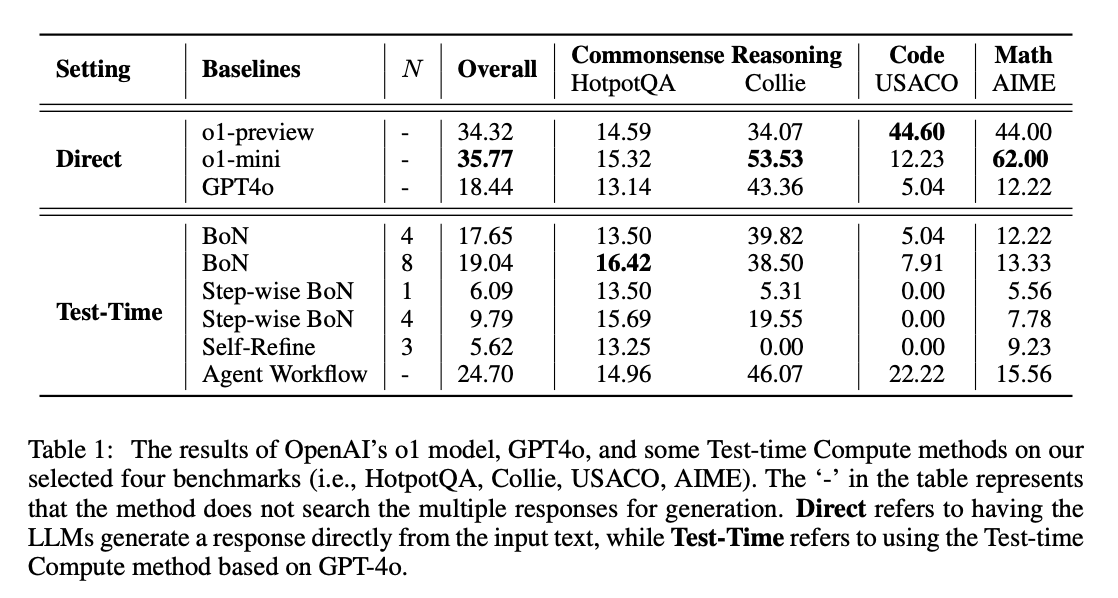
Advancements in Large Language Models (LLMs)
Large language models (LLMs) have improved significantly in handling complex tasks such as mathematics, coding, and commonsense reasoning. However, enhancing their reasoning abilities is still a challenge. Researchers have focused on increasing model size, but this approach has limits and leads to higher costs. Thus, there is a need for more efficient methods to improve reasoning without just scaling up models.
Understanding Reasoning Patterns
A key challenge in LLM development is understanding how different models apply reasoning across various tasks. Researchers are exploring ways to analyze and enhance how models infer and solve problems in real-time. By understanding these reasoning patterns, we can optimize models to use computational resources more effectively and tackle more complex tasks without unnecessary burden.
Tools for Analyzing Reasoning Patterns
Several tools and methods have been created to study LLM reasoning patterns, including:
- Best-of-N (BoN)
- Step-wise BoN
- Self-Refine
- Agent Workflow
These methods help models process multiple responses and break down large problems into smaller parts. However, their effectiveness varies across different tasks like math and coding.
Research Findings
Researchers from various institutions compared reasoning patterns using OpenAI’s o1 model as a benchmark. They tested it in three areas: mathematics, coding, and commonsense reasoning, using datasets like HotpotQA, USACO, and AIME. The results showed unique reasoning patterns that distinguish o1 from traditional methods.
Key Reasoning Patterns of the o1 Model
The o1 model exhibited six main reasoning patterns:
- Systematic Analysis (SA)
- Method Reuse (MR)
- Divide and Conquer (DC)
- Self-Refinement (SR)
- Context Identification (CI)
- Emphasizing Constraints (EC)
These patterns varied across domains. For instance, in math and coding, the model relied on Divide and Conquer (DC) and Method Reuse (MR), while for commonsense reasoning, it frequently used Context Identification (CI) and Emphasizing Constraints (EC).
Performance in Different Tasks
In mathematics, the o1 model achieved a 60% accuracy on the AIME benchmark by breaking problems into smaller parts. This approach was more effective than traditional models like GPT-4o, which struggled with multi-step reasoning.
In coding tasks, using the USACO dataset, the o1 model surpassed traditional methods by applying Method Reuse (MR) and Self-Refinement (SR), resulting in higher accuracy.
For commonsense reasoning, the o1 model outperformed others in the HotpotQA dataset with a 35.77% accuracy, compared to 34.32% for BoN. Its ability to process multiple reasoning paths and identify context-specific constraints contributed to its success.
Key Takeaways
- The o1 model uses six key reasoning patterns, enhancing its effectiveness.
- Its Divide and Conquer approach led to a 60% accuracy rate in mathematics, outperforming other methods.
- In coding tasks, the o1 model excelled by leveraging Method Reuse and Self-Refinement.
- It achieved a 35.77% accuracy in commonsense reasoning, showcasing its adaptability across different domains.
Conclusion
This research emphasizes the importance of understanding reasoning patterns in LLMs. While traditional methods have their strengths, the o1 model’s ability to adapt its reasoning strategies makes it more versatile and effective in solving a variety of problems.
Stay Connected
Check out the Paper and GitHub for more details. Follow us on Twitter, join our Telegram Channel, and connect with our LinkedIn Group. If you enjoy our work, subscribe to our newsletter and join our 55k+ ML SubReddit.
Upcoming Webinar
Upcoming Live Webinar – Oct 29, 2024: The Best Platform for Serving Fine-Tuned Models: Predibase Inference Engine.
Elevate Your Business with AI
Transform your company with AI solutions. Identify automation opportunities, define KPIs, select the right AI tools, and implement gradually for success. For AI KPI management advice, contact us at hello@itinai.com. For ongoing insights, follow us on Telegram or Twitter @itinaicom.
Explore how AI can enhance your sales processes and customer engagement at itinai.com.



























